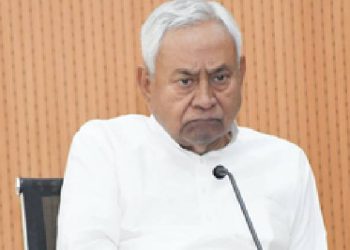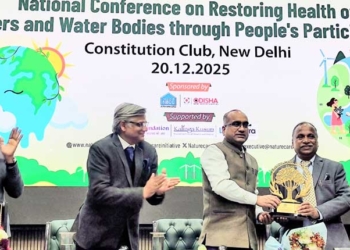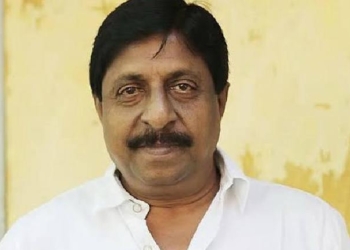Agra: On International Museum Day, Taj City’s ambitious Rs 200 crore Chhatrapati Shivaji Maharaj International Museum project, previously known as Mughal Museum, is awaiting the state government’s support to finish its remaining works.
Originally planned to be opened to public in Agra four years ago, the International Museum has faced delays due to a lack of funds and bureaucratic hurdles.
Historian Dr Mukul Pandya mentioned that International Museum Day is organised by the International Council of Museums, focusing on a different theme each year, addressing current issues and challenges faced by museums worldwide.
The purpose of Museum Day is to raise awareness about the societal contributions of museums and advocate for cultural exchange, diversity, and inclusivity. Museums serve as a unifying force, bringing people together. This year’s theme centres around ‘Museums for Education and Research’.
Tourist guide Ved Gautam said that the construction of the International Museum in Taj City has been going on for several years since the foundation stone was laid by former Uttar Pradesh Chief Minister Akhilesh Yadav on January 5, 2016.
Originally estimated at Rs 140 crore, the cost has now increased to nearly Rs 200 crore. The museum is situated approximately 1 km from the Taj Mahal.
The UP Rajkiya Nirman Nigam contracted the Tata group to execute the project. Workers on the site said more than 60 per cent of the work is complete. Pre-cast concrete structures are being fabricated to speed up the work on the project according to the guidelines by eminent museum experts in France and the United Kingdom.
The name of Mughal Museum was changed to Chhatrapati Shivaji Maharaj International Museum when Yogi Adityanth assumed office as Chief Minister of UP.
Initially intended to focus on the Mughal era’s weapons, attire, culture, and related aspects, the Yogi government has broadened its scope to encompass the extensive history of the Braj Mandal region.
The museum will feature indoor auditoriums, outdoor theatres for cultural programmes, a library with books on archaeology and history, as well as a cafeteria.
After eight years of construction, the prolonged delays are a cause for concern, but once completed, tourists will have another enticing reason to prolong their stay in Agra, according to Rajiv Saxena, a heritage conservationist from the city.
The municipal museum at John’s Public Library in Paliwal Park has been shut down, leaving only the museum within the Taj Mahal complex accessible to the public. Although this museum houses valuable historical artefacts, it does not attract many tourists in a hurry, as noted by Saxena.
Regrettably, three exquisite statues of Queen Victoria are left unprotected in the open, reflecting a lack of appreciation for Agra’s rich heritage among its residents, according to social activist Rajiv Gupta of Lok Swar.
Meanwhile, the members of the Agra Heritage Group have urged the UP government to shift some of the valuable antiques, artefacts and Buddha statues from the Mathura Museum to the upcoming Agra Museum.
Mathura Museum has the best collection of Buddhist artefacts and Buddha statues in the world. However, valuable antique pieces are carelessly lying around because of space constraints. “But now they will have a place, and Buddhists from across the world will throng the Agra Museum,” said Gopal Singh of the Agra Heritage Group.
The Mathura Museum, founded by the then-collector F. S. Growse in 1874, has a rich collection of artefacts, pottery, sculptures, paintings, and coins, as well as a large number of collections by eminent colonial archaeologists.
Additionally, statues from the Kushan and Gupta periods (from 3rd century BC to 12th century AD) are conserved here. However, lack of resources and space have been major constraints. The conservationists hope that now, with the Agra Museum taking shape, this problem will be sorted out.
(IANS)
















